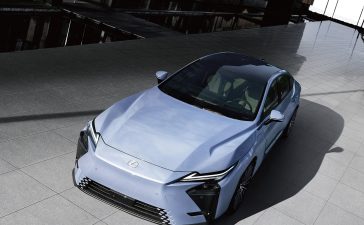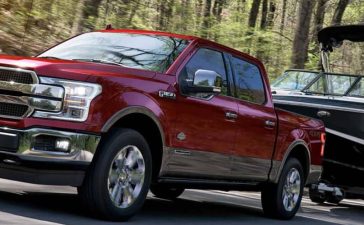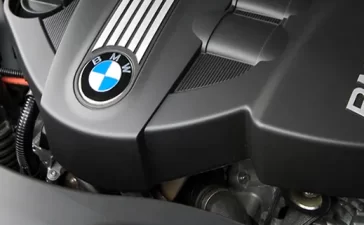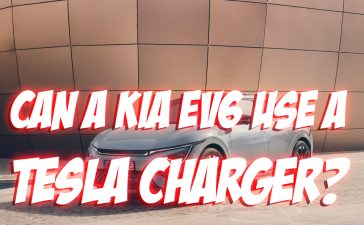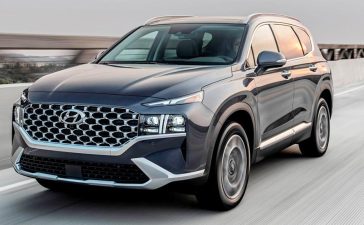Driving under starry sky with the headlights of my car on a long and winding road ahead is a small delight in life. These days, car headlights have a story of their own to tell. I grew up around cars, so it’s always interesting to see how things like headlights changed over and over through the years. So, I wanted to share with you what I have learned with regards to the various headlight technologies that we have at our disposal now.
Table of Contents
The Basics of Halogen Lights
The first car I had came with halogen headlights. They are like the reliable friend that’s there when you need them. Today, a lot of vehicles use halogen lights because they are inexpensive and easy to replace. They work pretty straightforward as well. Their light output is steady because the tungsten filament sits inside a halogen gas. But these lights use more power and generate a lot of heat compared to other kinds. It’s one of the reasons some of my friends already made the switch to newer technologies.
Halogen lights are an interesting thing because they are so readily available. You can find them almost anywhere—local auto shops to online stores—and they are the chosen option for many. Oh, and for the person like me that likes to tinker in the garage over the weekend this simplicity and accessibility make them a continuous favorite of mine. Sure, they might not have as many of the cool features of newer technologies, but they do what they’re supposed to do for most drivers.
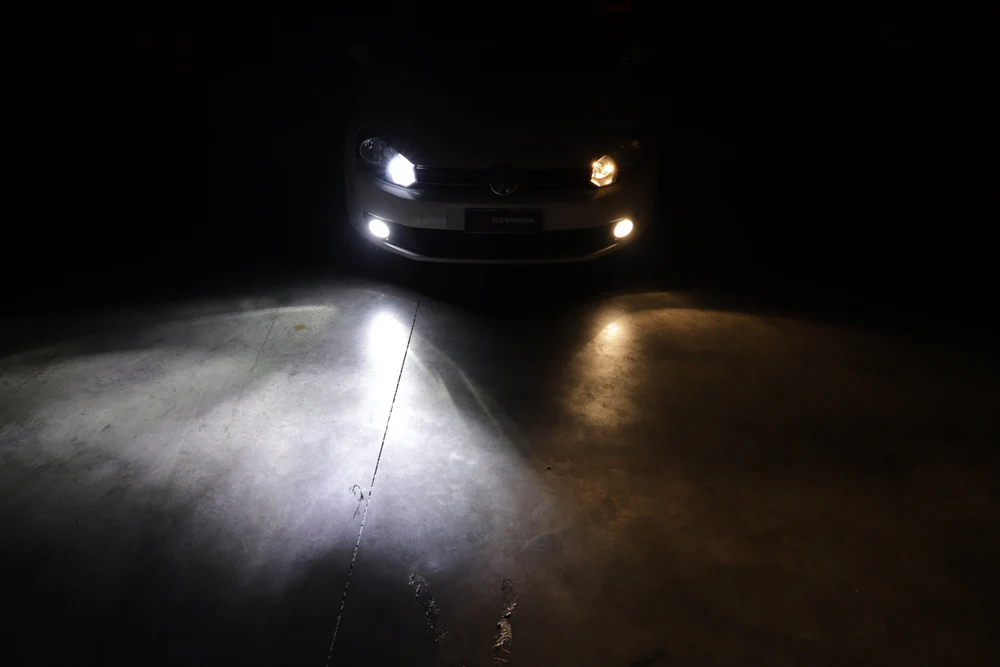
HID Lights for the Birthing of Brighter Roads
The first time I got High-Intensity Discharge (HID) lights, I was literally in a different dimension of visibility. These type of lights harvest xenon gas to produce bright and intense light like daylight effect on roads. Halogen lights consume less energy and last longer than them. Of course, there’s always a flip side. While driving a friend’s car with HID lights I noticed that they are often criticized for blinding oncoming drivers if not properly adjusted. Plus, they can be a little pricier to replace too. Xenon lights are one type of HID lights that are becoming popular. Those who have tried them out say they’re good enough to make the dark driving conditions way easier.
I’ve had some drivers tell me about how HID lights have made all the difference in weather conditions like fog or when driving along country roads with dim lighting. They can reassure with their ability to light up a significant part of the road. The catch is, however, that they need to be installed correctly and you just need to aim the right way to ensure that you do not cause discomfort to other road users. To do this, there needs to be a perfect balance, something amateurs would be better off leaving to the professionals, many would agree.
LED Lights of the Laser Precision
It was quite the leap, from halogen to light emitting diode (LED) headlights. Going from bicycle to motorcycle. All the rage is LEDs in the automotive industry and for good reason. They are less power consuming, and they last for a long time, and they are bright almost instantly. The first thing I noticed when switching from a car with halogen headlights to a car with LED headlights is how crisp their brightness is and how much energy they need. While they do cost more to install initially, they are able to save money in the long run due to their durability and energy efficiency.
I have another benefit that I’m starting to like with LED lights and that’s the flexibility of them. They can be designed into all sorts of shapes and sizes, allowing you to create any look you are wanting from sleek to aggressive to sophisticated. This fluidity, however, has allowed automakers to extend the boundaries of car design while maintaining top tier functionality. This is a win-win for car enthusiasts who care just as much about the look as the performance.
Future-Forward Laser Headlights
I haven’t personally had a vehicle with laser headlights myself, but I have seen them once at a couple car exhibitions. These are cutting edge technology, claiming unprecedented brightness and range. While they rule in the compact and efficient department and often carry a hefty price tag, they are affordable in luxury vehicles. Standard technologies only light up the road 10 times that of standard technologies and laser headlights will light up the road up to ten times that distance. What might future long road trips look like with these light beams to guide us?
Laser headlights are, still, very much a luxury feature, but they also make you wonder what kind of headlight technology we may be able to see in the future. They are definitely the future of automotive lighting, capable of producing creative lighting effects as well as providing ultra precise illumination. Laser headlights could end up being an important factor for diehard luxury vehicle watchers to consider when they’re buying a new car.
My Final Thoughts
From my love affair with cars, I learned that technology is not only making things look differently; it’s making things feel differently. Halogen headlights have their comfort, but LEDs are great too. He said as electric cars become more popular and new regulations are put into place, headlight technology should continue to shift. For the time being, though, I marvel at how far we’ve come from the easiest of glows that existed back then to the dazzling lights that illuminate the road today.




